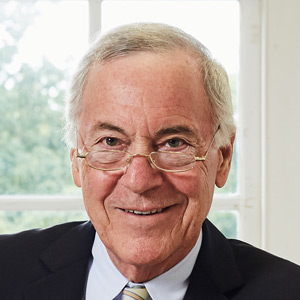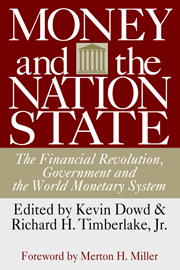Carlos Menem was elected president of Argentina in May 1989. In the 45 preceding years, Argentina had witnessed unstable, slow growth, and rampant inflation. As if to usher in Menem, a bout of hyperinflation broke out the month he was elected president. It peaked in July 1989, when the monthly inflation rate reached 197 percent. If that wasn’t bad enough, the economy, according to Domingo Cavallo, Menem’s minister of economy, “was so complicated that not even specialists could understand what went on.” Anomie prevailed.
President Menem set out to clean the stables, but early on, the going was slow. In late 1989, one of us (Hanke) met Menem for the first time. During that meeting, I advised Menem that until he killed the hyperinflation and stabilized the economy, he would not be viewed as credible and would lack the public’s trust. Without that credibility and trust, he would not be able to move forward with his economic-modernization plans.
At President Menem’s suggestion, I co-authored a book, ¿Banco central o caja de conversión?, with Kurt Schuler, while he was working with me as a postdoctoral fellow at Johns Hopkins. We laid out a blueprint for an orthodox currency board. It would have replaced Argentina’s central bank (BCRA). And unlike the BCRA, it would have had no capacity to engage in monetary policy; it would only have had an exchange-rate policy: the peso–U.S. dollar rate would have been fixed, and the rate would have been credible because the peso would have been fully backed by U.S. dollar reserves. A draft of our book circulated in Buenos Aires in 1990 and was published by the Fundación República in early 1991.











